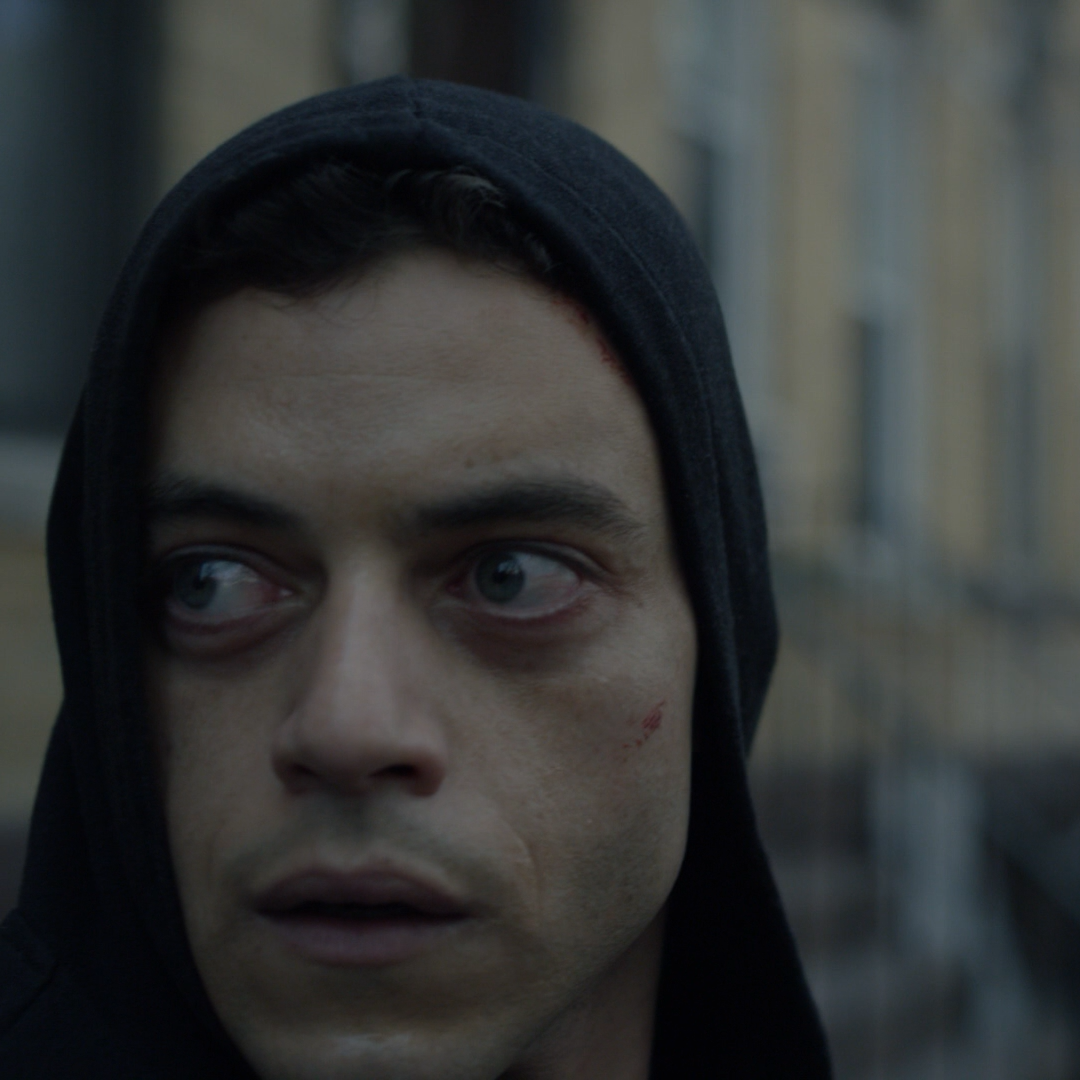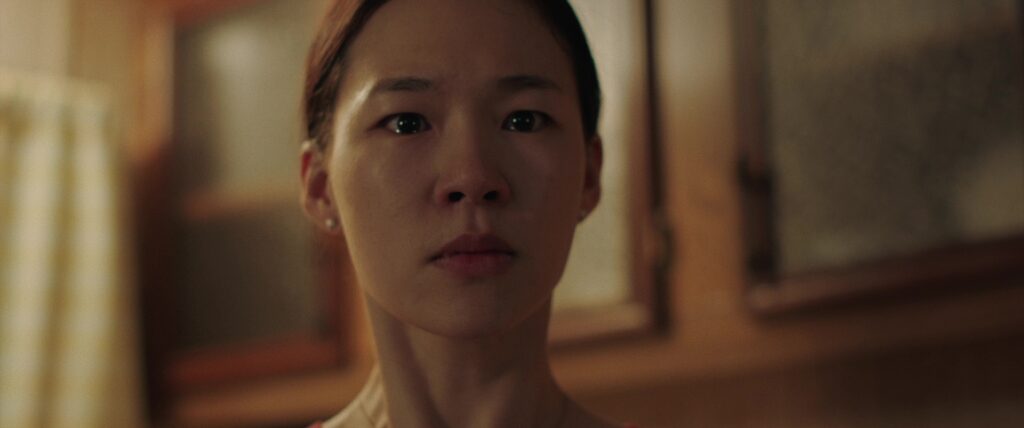
Where do I look? When is it okay to look down? Is eye movement okay?
In your audition prep, when you’re exploring how you’ll craft different eyelines depending on the moment, know this:
Looking down is fine!
And… beware of the trappings.
When you are in an audition, the camera can’t move or go with you and catch your eyes wherever they go. It’s stuck on a tripod. So, since the camera wants your eyes—as a means of reaching your soul—then you want your eyeline to go forward towards your reader, which is towards the camera. You’ll want to bring those eyes up more often than not. Much more often, actually.
The camera wants to see inside your soul!
Of course, it’s natural to look away. We always do that. Just don’t hide out by looking away. Even if a character is fearful or shy, it’s incredible to see it in your eyes and not just watch the forehead when you are bent down.
Eye movement comes from motivation.

Studio Binder says, eyelines are determined by where an actor looks during a scene. A character’s eye movement is generated by character motivation, the character’s physical activity, or the circumstances around them. It’s motivated by the story being told. Your eyes are telling the story. (BTW, if you haven’t seen Amélie yet, then you are missing an incredible eyes performance.)
Here are some simple examples of eyelines being informed by specific story.
Character Motivation: If you are guilty, your character might be shifty and looking around the room a bit.
Character Physical Activity: If your character is doing surgery on a patient, you have to look down at the body and instruments.
Character’s Circumstances: If you are in a crowded restaurant planning a conspiracy, you might be looking often over the shoulder of the person you are talking to.
Eye movement is always motivated.
And there really aren’t any rules about when to move your eyes or not. I have seen it ALL work. But if you stick to the eye movement being motivated by story, then you will nail it.
Be in deep emotional connection with your scene partner.
Don’t hide out by rolling your eyes everywhere. Don’t disappear from your scene partner! Instead, focus on what your character wants in this moment FROM your scene partner. Put the energy back to your scene partner – stay engaged in that forward energy. When you throw your focus to the reader…bingo!… the camera also gets your energy.
Practice connection to readers.
Practice eyelines.
Practice being drawn to your reader like to a magnet.
Practice physical activities that pull your eyes specifically.
Are you putting your best self-tapes to use? Get my free mini e-book: How to Lure Reps & Casting Directors to You!
And of course, you’re invited to practice, practice, practice by joining my virtual community, the Acting Collective + Creators Circle, or a Studio Class.